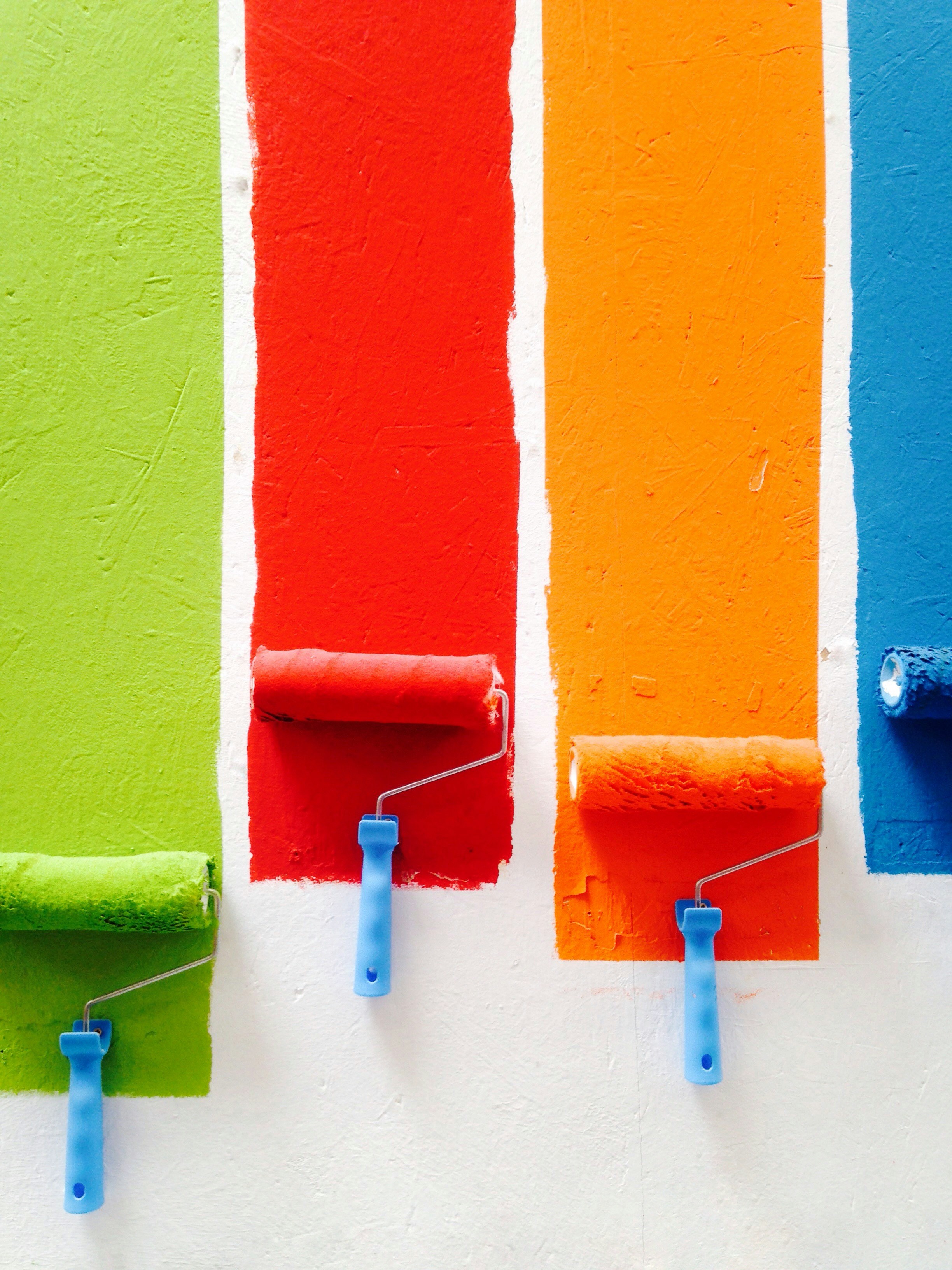
Automotive Paint Protection Film Installation for a Sleek and Durable Finish
Agnes
- 0
Introduction to Automotive Paint Protection Film (PPF)
Your car is more than just a mode of transportation; it’s an expression of your personality and style. But everyday wear and tear can dull its shine, leaving you to wonder how to keep it looking as pristine as the day you drove it off the lot. Enter automotive paint protection film (PPF)—a revolutionary solution designed to shield your vehicle from scratches, chips, and environmental damage while maintaining that sleek finish you love. Whether you’re cruising through city streets or venturing off-road, PPF offers peace of mind along with aesthetic appeal. Curious about how this innovative technology works? Let’s dive into everything you need to know about automotive paint protection film installation!
Benefits of PPF for Your Vehicle
Automotive paint protection film (PPF) offers numerous advantages for vehicle owners. The primary benefit is its ability to shield your car’s finish from scratches and chips caused by road debris.
This thin, yet durable layer acts as a barrier against harmful elements like UV rays, which can fade your paint over time. With PPF, you preserve that showroom shine longer.
Another notable advantage is its self-healing properties. Minor scratches often disappear with heat exposure or sunlight, keeping your vehicle looking pristine without frequent touch-ups.
Additionally, PPF enhances resale value. A well-protected exterior makes a strong impression on potential buyers who appreciate the care taken in maintaining the vehicle’s appearance.
It requires minimal maintenance compared to traditional waxing or sealants. Just regular washing keeps it looking fresh and vibrant for years down the line.
Types of PPF: Clear vs Colored

When exploring automotive paint protection film, two main types emerge: clear and colored.
Clear PPF is designed to be virtually invisible. It offers excellent protection against scratches, chips, and UV rays while allowing your vehicle’s original color to shine through. This choice is perfect for those who want a sleek look without altering their car’s aesthetics.
Colored PPF adds a unique touch to your ride. Available in various shades, it can enhance or change the appearance of your vehicle entirely. This option not automotive paint protection film only protects but also allows for personalization, making your car stand out on the road.
Both options serve to protect while offering different visual impacts. Choosing between them comes down to personal preference and desired outcomes for your vehicle’s style and finish.
How to Choose the Right PPF for Your Vehicle
Choosing the right automotive paint protection film involves several considerations. First, think about your driving habits. If you frequently fashion navigate rough terrains or busy city streets, a thicker PPF may offer better protection against scratches and chips.
Next, consider the finish you desire. Clear films are popular for maintaining the original color of your vehicle. However, colored options can add a unique touch while still providing formidable defense.
Look at brand reputation as well. Research manufacturers known for durability and clarity to ensure you’re making a wise investment.
Check installation methods. Some films require professional application, while others are DIY-friendly. Evaluate your comfort level with self-installation versus seeking expert help to achieve flawless results. Each choice affects both appearance and longevity of protection on your car’s surface.
Step-by-Step Guide to Installing PPF on Your Car

Start by gathering your materials. You’ll need PPF, a spray solution, a squeegee, and a sharp blade.
Prepare your car’s surface first. Thoroughly wash and dry it to remove any dirt or contaminants. This step is crucial for ensuring proper adhesion.
Next, measure and cut the film according to the sections you plan to cover. It’s better to overestimate than underestimate here; trimming excess after application is easier.
Spray the solution on both the film and the vehicle area where you’re applying it. This allows for repositioning of the film during installation.
Carefully place the PPF onto your chosen section, starting from one edge while gradually moving across. Use the squeegee gently to eliminate air bubbles as you go along.
Once applied, trim off any excess film with precision using your sharp blade. After that, ensure everything is smooth by going over it again with your squeegee for optimal results.
Maintaining and Caring for Your PPF
Caring for your paint protection film (PPF) is essential to keep it looking fresh and effective. Regular washing is crucial; use a pH-balanced soap and a soft microfiber cloth to avoid scratches. A gentle hand wash works best, as automatic car washes can damage the film.
After washing, ensure you dry the surface thoroughly. Water spots can form quickly on PPF if left unattended. Consider applying a ceramic coating over the PPF for added shine and protection against contaminants.
Avoid using harsh chemicals or abrasive materials when cleaning your vehicle. These can compromise the integrity of the film and lead to peeling or yellowing over time.
Inspect your PPF periodically for any signs of wear or damage. Addressing issues early will prolong its lifespan and maintain that sleek finish you love. Remember, proper maintenance not only enhances aesthetics but also maximizes protection from environmental elements.
Cost Comparison: PPF vs Traditional Car Paint Protection
When considering automotive paint protection film installation, the cost is a significant factor. Traditional car paint protection methods often involve waxing or ceramic coatings. While they may seem cheaper upfront, their longevity and effectiveness can be limited.
PPF offers a more durable solution. It provides an added layer of defense against scratches, chips, and environmental contaminants. Although the initial investment for PPF might be higher than traditional options, its long-term benefits often outweigh the costs.
Think about it this way: investing in PPF means fewer touch-ups and repairs over time. Additionally, many high-quality films come with warranties that cover damage for several years.
It’s important to weigh your options based on your vehicle’s needs and how much you value maintaining that showroom shine without constant maintenance interruptions.
Conclusion
When it comes to protecting your vehicle, automotive paint protection film installation is a smart investment. The benefits are clear: enhanced durability, resistance to scratches, and the maintenance of that showroom shine. Choosing between clear and colored films allows you to customize your car’s appearance while ensuring its longevity.
Proper installation can seem daunting at first glance, but with our step-by-step guide, you’ll find it’s more manageable than expected. Regular care will keep your PPF looking fresh for years. Plus, when comparing costs against traditional methods of paint protection, PPF often proves to be more effective in the long run.
Taking all these factors into account helps solidify why automotive paint protection film is an excellent choice for any car owner looking to maintain their vehicle’s aesthetic appeal. Investing time and resources in quality PPF not only enhances beauty but also provides peace of mind on the road ahead.
